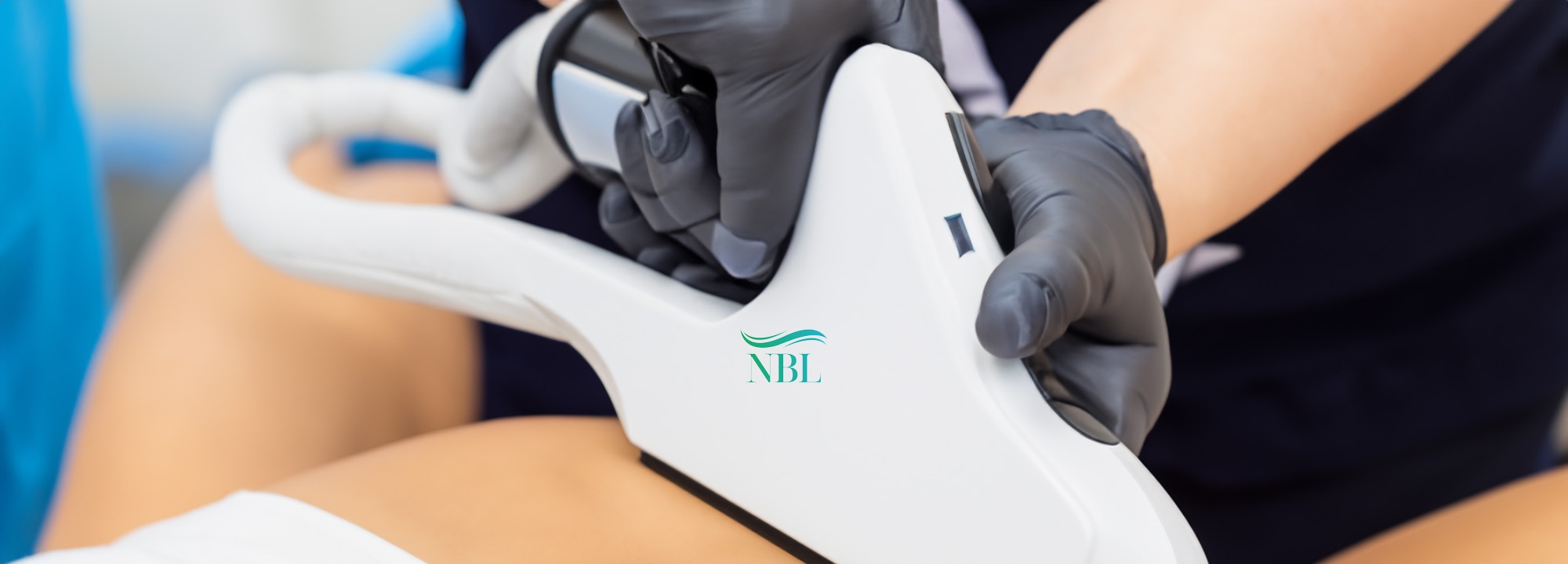Laser Tattoo Removal Aftercare Santa Rosa .
Bathing After Tattoo Removal: What You Need to Know
Getting a tattoo removed is a significant decision and process, often involving laser treatments that can leave the skin sensitive and in need of special care. One of the most commonly asked questions during the recovery period is whether its safe to take a bath. While maintaining hygiene is important, soaking in a bath too soon after tattoo removal can lead to complications. Understanding when and how to bathe safely after laser tattoo removal is crucial to ensure proper healing and prevent infection or irritation.
Immediately following a laser tattoo removal session, your skin undergoes trauma similar to that of a burn. The area may appear red, swollen, or blistered, and these symptoms are a normal part of the healing process. Its essential during this time to keep the treated area clean and dry. For the first 48 hours after treatment, avoid any situation where the skin may be submerged in water, including baths, hot tubs, swimming pools, or even long showers that allow water to pool on the skin. This precaution helps minimize the risk of bacterial infection and keeps the wound site stable.

After those first 48 hours, its still important to proceed with caution. While you may resume gentle showers, baths should be postponed until the treated area has completely healed. The healing timeline varies depending on the individual's skin type, the size and location of the tattoo, and the number of treatments already completed. On average, complete healing from a session can take 7 to 10 days, though some may need up to two weeks before it's safe to immerse the area in water.
Submerging the treated skin in a bath before its fully healed can cause several issues. Warm or hot water can increase inflammation and lead to excessive irritation. Baths also expose the area to bacteria that may be present in the water, which can easily enter open skin or blisters. This increases the risk of infection, which not only delays the healing process but can also impact the effectiveness of the tattoo removal. Infected areas may scar more easily and hinder future treatments.
Once the skin has healedmeaning it is no longer red, scabbed, blistered, or tenderyou may enjoy baths again, but with care. When you do start bathing post-healing, make sure the water is clean and lukewarm, not hot. Avoid using heavily scented soaps, bath bombs, or bubble baths that contain artificial colors and fragrances, as these can irritate the sensitive new skin. Instead, opt for mild, fragrance-free cleansers and avoid scrubbing the treated area. Gently pat it dry afterward with a clean towel.
In addition to watching the water temperature and bath products, limit your time in the tub. Soaking for long periods, even after healing, can still dry out the skin and reduce its natural barrier functions. Keep baths short and follow them up with a gentle moisturizer, preferably one recommended by your tattoo removal specialist. Aloe vera-based or medical-grade moisturizers can help restore hydration and calm the skin without causing irritation.

There are also alternatives to baths that can help you maintain hygiene while the tattoo removal site is healing. Instead of soaking, consider using a damp, soft cloth to clean the surrounding area while carefully avoiding direct contact with the wound. Sponge baths are a safer choice during the healing period as they allow you to control where water goes and keep the treated area dry.
Its also important to stay alert to signs that your skin may not be healing properly. If you notice increased redness, pus, severe pain, or a foul smell coming from the area, contact your healthcare provider or tattoo removal professional immediately. These could be signs of an infection, which should be addressed right away to avoid further complications.
In summary, taking a bath after tattoo removal requires patience and attention to the condition of your skin. Avoid full immersion for at least 7 to 10 days post-treatment, or until your skin is fully healed. Even then, be gentle and mindful with your approach to bathing. Your skin has been through a lot, and giving it the right environment to heal will help you achieve the best results from your tattoo removal journey. When in doubt, always consult your removal technician for personalized advice based on your specific treatment plan.
